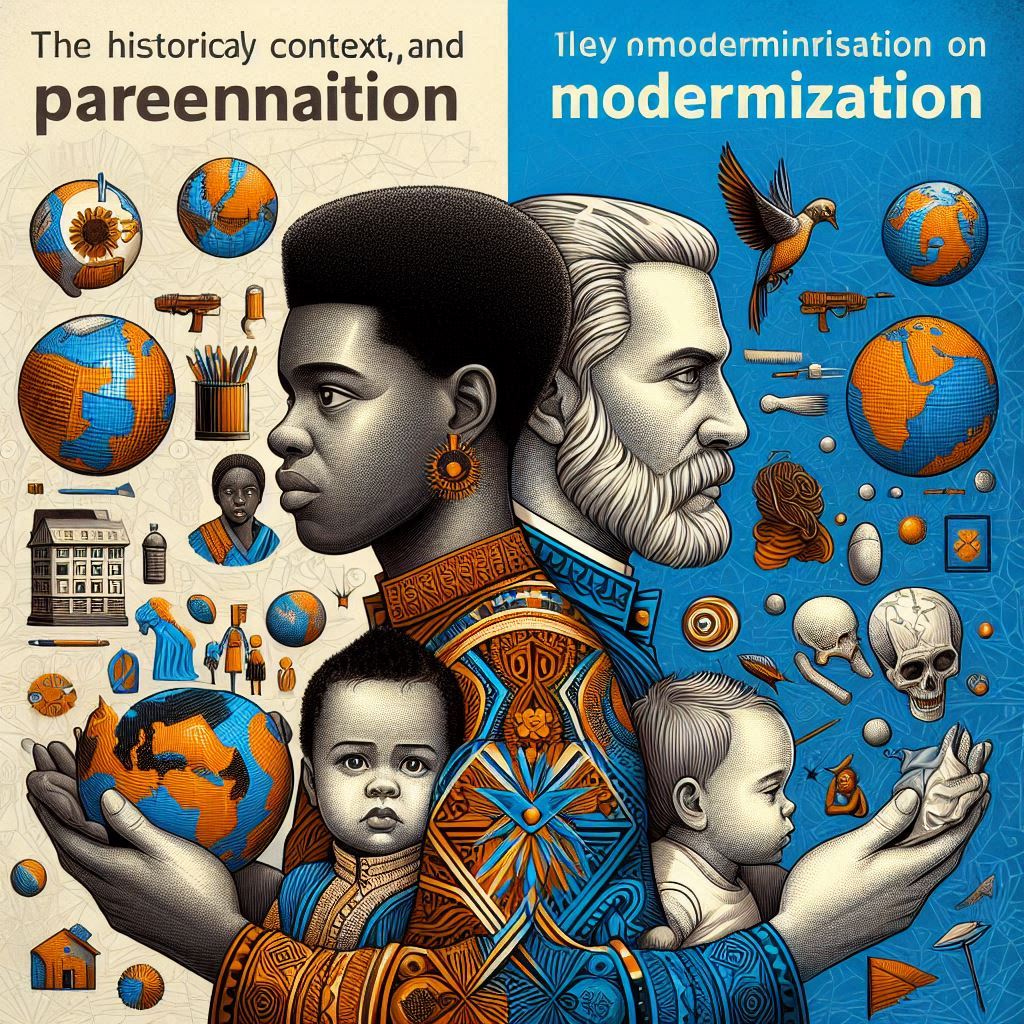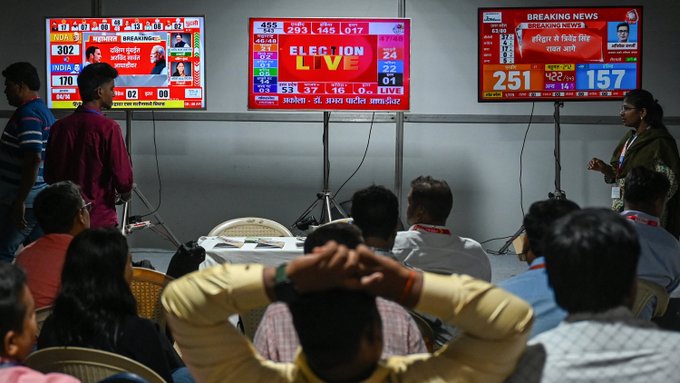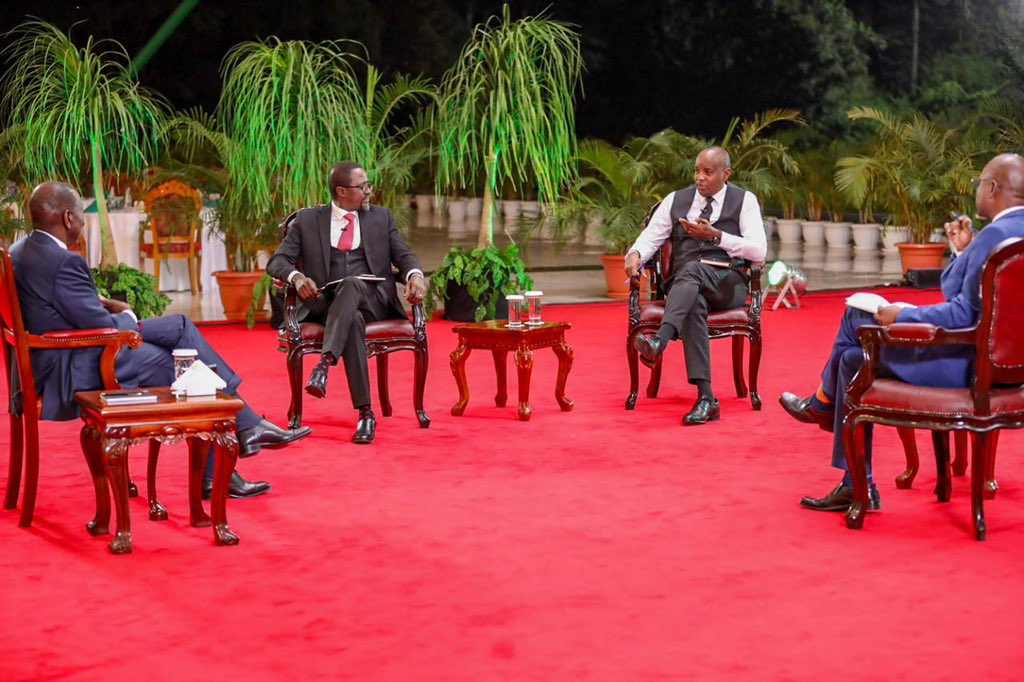
In a recent roundtable interview, President William Ruto of Kenya addressed the pressing issues facing the nation, including recent protests, economic challenges, and youth engagement. This comprehensive analysis delves into the key points discussed during the interview, offering insights into the government’s stance and proposed solutions for the country’s current predicaments.
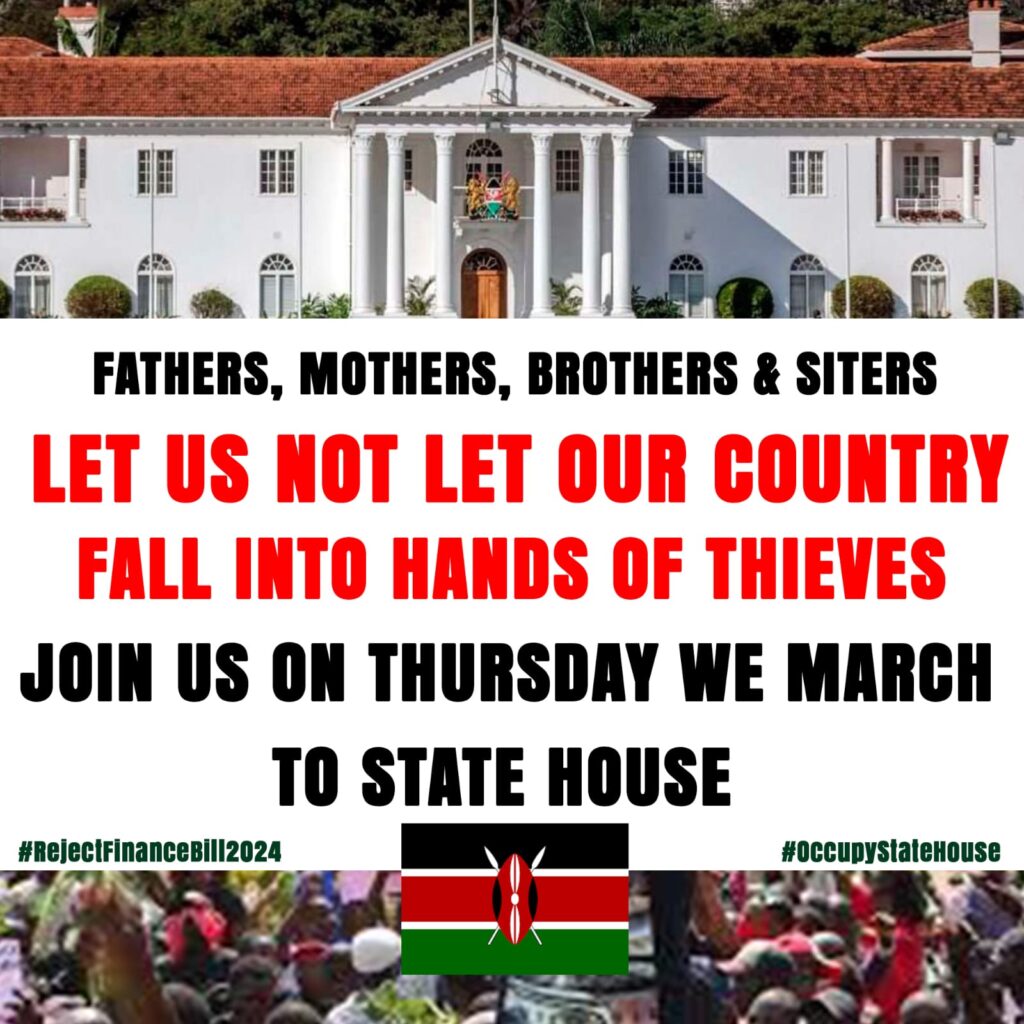


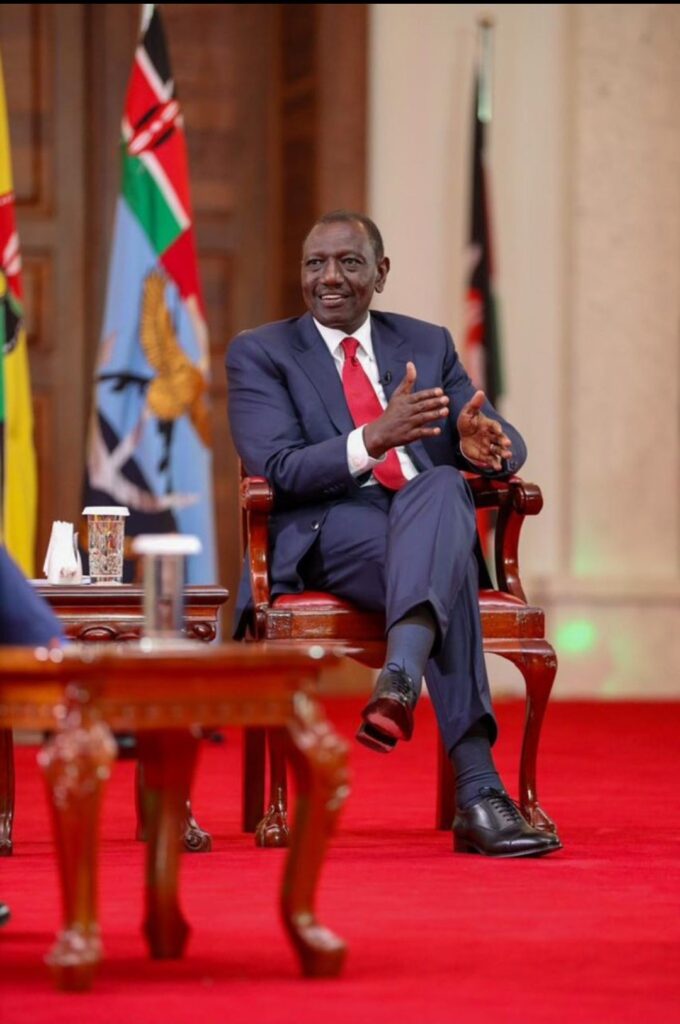

1. Protests and Unrest: A Nation at a Crossroads
The Rising Tide of Discontent
The interview began with a stark acknowledgment of the growing unrest in Kenya. At the 0:35 mark, it was noted that protesters have been rallying behind the hashtag “Ruto must go,” signaling a significant challenge to the president’s leadership. This digital rallying cry has transcended social media, manifesting in physical demonstrations across the country.
Addressing the Loss of Life
Perhaps the most sobering moment of the interview came at 1:28 when President Ruto addressed the human cost of the recent unrest. He confirmed that 19 lives have been lost during the protests, a tragedy that has undoubtedly deepened the nation’s wounds. The president’s acknowledgment of these deaths and his commitment to addressing the situation demonstrates an awareness of the gravity of the current crisis.
Promises of Accountability
In response to concerns about police brutality and extrajudicial killings, President Ruto made a bold promise at 2:32. He stated unequivocally that there would be no extrajudicial killings under his administration. Furthermore, he emphasized that the police would operate independently, suggesting a commitment to the rule of law and separation of powers.
This promise is crucial in a context where trust between the public and law enforcement has been strained. Historical instances of police brutality and extrajudicial killings have left deep scars on the Kenyan psyche, and the president’s words aim to assuage these fears and rebuild trust.
The Criminal Element
At 5:54 in the interview, President Ruto introduced a controversial perspective on the nature of the protests. He claimed that the demonstrations had been hijacked by criminal elements, resulting in property damage and attacks on government institutions. This framing of the protests as partially criminal in nature is a delicate balancing act. On one hand, it acknowledges the legitimate grievances of peaceful protesters. On the other, it provides justification for a firmer government response to those causing destruction.
Analysis: Walking a Tightrope
President Ruto’s responses to the protest situation reveal a leader attempting to navigate a complex political landscape. By acknowledging the loss of life, he shows empathy and awareness of the human cost of the unrest. His promise of no extrajudicial killings aims to address one of the core concerns driving the protests.
However, by also framing some protesters as criminals, he creates a narrative that could potentially justify stronger measures against demonstrators. This dual approach of empathy and firmness reflects the challenging position of a government facing widespread dissent.
The success of this strategy will largely depend on the government’s ability to distinguish between peaceful protesters and those engaging in criminal activities, as well as its commitment to addressing the root causes of the unrest rather than merely suppressing its symptoms.
2. Economic Challenges: Navigating Fiscal Turbulence
The Debt Burden
At 48:48 in the interview, President Ruto laid bare the dire financial situation facing Kenya. He revealed that a significant portion of the country’s tax revenue is being directed towards debt servicing and salaries, leaving little room for development and social programs. This admission provides context for many of the economic grievances that have fueled the recent protests.
The Finance Bill Dilemma
The president elaborated on his economic strategy at 49:22, explaining his initial plan to introduce new revenue measures through a finance bill. However, this bill was ultimately withdrawn due to public opposition, highlighting the delicate balance between fiscal necessity and public sentiment.
The withdrawal of the finance bill represents a significant setback for the government’s economic agenda. It underscores the challenges of implementing potentially unpopular but necessary fiscal reforms in a politically charged environment.
Austerity Measures
In response to these fiscal challenges, President Ruto outlined his commitment to austerity measures at 56:55. These include reducing government expenditure and salaries, a move that signals a recognition of the need for the government to tighten its belt before asking the same of its citizens.
Analysis: Economic Realities vs. Public Expectations
The economic segment of the interview reveals a government grappling with harsh fiscal realities. The high proportion of revenue going towards debt servicing and salaries leaves little room for the kind of expansive social programs and development projects that could alleviate public discontent.
President Ruto’s candor about these challenges is commendable, as it provides citizens with a clearer picture of the nation’s financial standing. However, this transparency also sets up a significant challenge: how to implement necessary but potentially unpopular economic reforms without further inflaming public unrest.
The commitment to austerity measures, particularly those targeting government expenditure, could be seen as a good faith effort to share the burden of economic hardship. However, the effectiveness of these measures will depend on their implementation and the government’s ability to demonstrate tangible results.
The withdrawal of the finance bill due to public pressure illustrates the tightrope the government must walk. While new revenue measures may be necessary to address the country’s fiscal challenges, they must be carefully crafted and communicated to avoid exacerbating social tensions.
Moving forward, the government will need to find innovative ways to stimulate economic growth and increase revenue without placing undue burden on an already strained populace. This may involve exploring alternative forms of taxation, improving efficiency in revenue collection, and seeking debt restructuring or relief from international partners.
3. Engaging with the Youth: Bridging the Generation Gap
A Promise of Dialogue
One of the most significant moments of the interview came at 88:28 when President Ruto made a direct promise to engage with the young people who have been at the forefront of the protests. He proposed a multi-sectoral forum to discuss pressing issues such as debt, taxation, and unemployment.
This commitment to dialogue is a crucial step in addressing the disconnect between the government and the youth population. By acknowledging the need for direct engagement, President Ruto is signaling a willingness to listen to and address the concerns of a demographic that has often felt marginalized in political discourse.
Job Creation Initiatives
At 102:25, the president outlined his plans for creating job opportunities for the youth. He highlighted three key areas:
- Housing Program: This initiative aims to not only address the housing shortage but also create employment opportunities in the construction and related sectors.
- Digital Economy: Recognizing the potential of technology to drive economic growth, the president emphasized the importance of nurturing Kenya’s digital economy to create jobs for tech-savvy youth.
- Manufacturing Sector: The president also stressed the importance of boosting the manufacturing sector to create sustainable employment opportunities.
These initiatives demonstrate an understanding of the diverse skill sets and interests of Kenya’s youth population, as well as an awareness of the sectors with the potential for significant job creation.
Addressing Specific Youth Concerns
The interview took a more specific turn at 104:57 when the president addressed the concerns of particular groups of young people, such as interns and teachers. He promised to find solutions to their employment challenges, showing an awareness of the nuanced nature of youth unemployment.
Analysis: The Youth Factor
The emphasis on youth engagement in the interview reflects the critical role that young people play in Kenya’s social and political landscape. As the demographic most affected by unemployment and economic uncertainty, and often the most vocal in expressing dissent, addressing youth concerns is crucial for long-term stability and development.
President Ruto’s promise of a multi-sectoral forum is a positive step towards inclusive governance. However, the success of this initiative will depend on several factors:
- Genuine Dialogue: The forum must provide a platform for open, honest discussion where young people feel their voices are truly being heard.
- Action-Oriented Outcomes: Discussions must lead to concrete action plans and policy changes, not just symbolic gestures.
- Continuous Engagement: Rather than a one-off event, there needs to be an ongoing mechanism for youth engagement in governance.
The job creation initiatives outlined by the president are ambitious and target key growth sectors. However, their success will depend on effective implementation and the ability to scale these opportunities to meet the massive demand for employment among Kenya’s youth.
Moreover, addressing the specific concerns of groups like interns and teachers demonstrates an understanding of the diverse challenges facing young professionals. This tailored approach, if followed through, could help in creating more targeted and effective employment solutions.
4. Accountability and Transparency: Rebuilding Trust
Tackling Corruption
At 76:03 in the interview, President Ruto addressed one of the most persistent issues in Kenyan governance: corruption. He acknowledged the concerns about corrupt practices and promised to take action against any government officials found to be involved in wrongdoing.
This commitment to fighting corruption is crucial for several reasons:
- Economic Impact: Corruption diverts resources from vital public services and development projects, exacerbating economic challenges.
- Public Trust: Widespread corruption erodes citizens’ faith in government institutions and leadership.
- International Relations: Perceptions of corruption can affect Kenya’s relationships with international partners and investors.
Debt Transparency
One of the most intriguing moments of the interview came at 111:44 when the president expressed a willingness to conduct a forensic audit of the country’s public debt. This proposal for a comprehensive review of Kenya’s debt situation is a bold move towards financial transparency.
Analysis: The Path to Restored Faith
President Ruto’s commitments to tackling corruption and increasing debt transparency are significant steps towards rebuilding public trust. However, these promises will be judged by their implementation and results.
The fight against corruption in Kenya has a long and often disappointing history, with previous administrations making similar pledges that failed to yield substantial changes. For President Ruto’s anti-corruption stance to be credible, it must be accompanied by:
- Strengthening of Anti-Corruption Institutions: Ensuring that bodies like the Ethics and Anti-Corruption Commission have the resources and independence to investigate and prosecute cases effectively.
- Protection for Whistleblowers: Implementing robust measures to protect those who come forward with information about corrupt practices.
- Transparency in Government Contracts: Making public procurement processes more transparent and accessible to public scrutiny.
- Lifestyle Audits: Implementing and publicizing lifestyle audits for public officials to detect unexplained wealth.
The proposal for a forensic audit of public debt is particularly noteworthy. Kenya’s debt situation has been a source of significant concern, with questions about the terms and use of loans taken by previous administrations. A comprehensive audit could:
- Provide clarity on the true extent of Kenya’s debt obligations.
- Identify any irregularities or unfavorable terms in past loan agreements.
- Inform future borrowing strategies and debt management policies.
- Demonstrate a commitment to financial transparency that could boost investor confidence.
However, the effectiveness of such an audit will depend on its independence, comprehensiveness, and the government’s willingness to act on its findings.
5. The Road Ahead: Challenges and Opportunities
As President William Ruto navigates the turbulent waters of Kenya’s current socio-political landscape, several key challenges and opportunities emerge:
Challenges:
- Restoring Public Trust: The recent protests and allegations of police brutality have further strained the relationship between the government and the public. Rebuilding this trust will be a long-term process requiring consistent action and transparency.
- Economic Recovery: With a high debt burden and limited fiscal space, stimulating economic growth while maintaining fiscal discipline will be a delicate balancing act.
- Youth Unemployment: Creating sufficient job opportunities to absorb the large number of unemployed youth remains a significant challenge.
- Political Polarization: Bridging the divide between government supporters and opposition will be crucial for implementing necessary reforms and maintaining stability.
- Corruption: Rooting out entrenched corrupt practices will require sustained effort and political will.
Opportunities:
- Youth Engagement: The promise of a multi-sectoral forum presents an opportunity to harness the energy and ideas of Kenya’s youth for national development.
- Digital Economy: Kenya’s reputation as a tech hub in Africa provides a strong foundation for further growth in the digital sector.
- Debt Transparency: The proposed forensic audit of public debt could pave the way for more sustainable debt management and increased investor confidence.
- Housing Program: If successfully implemented, the housing initiative could address both unemployment and housing shortages.
- Manufacturing Growth: Focusing on the manufacturing sector could help diversify Kenya’s economy and create sustainable jobs.
Conclusion: A Defining Moment for Kenya
President William Ruto’s roundtable interview provides a window into the complex challenges facing Kenya and the government’s proposed solutions. The frankness with which the president addressed issues such as protest-related deaths, economic difficulties, and corruption is commendable, as it allows for a more informed public discourse.
However, the true test of leadership will lie in the implementation of the promises and plans outlined in this interview. The coming months will be crucial in determining whether the government can effectively:
- De-escalate tensions and prevent further loss of life in protests.
- Implement economic reforms that stimulate growth without overburdening citizens.
- Create meaningful opportunities for youth engagement and employment.
- Take concrete steps towards greater accountability and transparency in governance.
The success or failure of these efforts will not only define President Ruto’s tenure but also shape the trajectory of Kenya’s development in the coming years. As the nation stands at this crossroads, the need for dialogue, compromise, and decisive action has never been greater.
The path forward will require a delicate balance between addressing immediate crises and laying the groundwork for long-term stability and prosperity. It will demand patience from a public eager for change, wisdom from leaders tasked with making difficult decisions, and a collective commitment to the principles of democracy, justice, and inclusive development.
As Kenya navigates these challenges, the eyes of the region and the world will be watching. The country’s ability to peacefully resolve its current difficulties could serve as a model for other nations grappling with similar issues of governance, economic hardship, and social unrest.
In the end, the true measure of success will not be in the eloquence of interviews or the ambition of plans, but in the tangible improvements in the lives of ordinary Kenyans. It is on this metric that President Ruto’s leadership and the resilience of Kenya’s democracy will ultimately be judged.




